By 1901 at beginning of the new Century the three new gun batteries, each consisting of 3 gun emplacements had been completed. The Western Battery had 3 x 12 pounder quick firing guns, the Centre Battery was armed with 3 x 6 inch Mk VII guns and the Eastern Battery with another 3 x 12 pounder quick firing guns. The Guns were able to fire on the deep water channel running between the Devon coast and the Island to the North and the shallow channel between Cornish coast and the Island to the South. These guns were all breech loaded and the casemates still had another 7 muzzle loading guns but these were to all intents and purposes obsolete by now and were tipped onto the foreshore in 1905. Subsequently the casemates were quickly adapted and converted to stores, generator rooms and workshops and would also have been used as accommodation if needed. Local protection was provided by maxim guns and at night enemy targets were illuminated by Searchlights which were sighted in close proximity to the Guns so they could operate effectively as combined target finding and identification and gun platforms. The Guns and the Searchlights had their arcs of fire and light overlapping with those at Fort Bovisand, Fort Picklecomb and the Breakwater Fort to completely illuminate the approaches to the Sound and the channels around the Island.
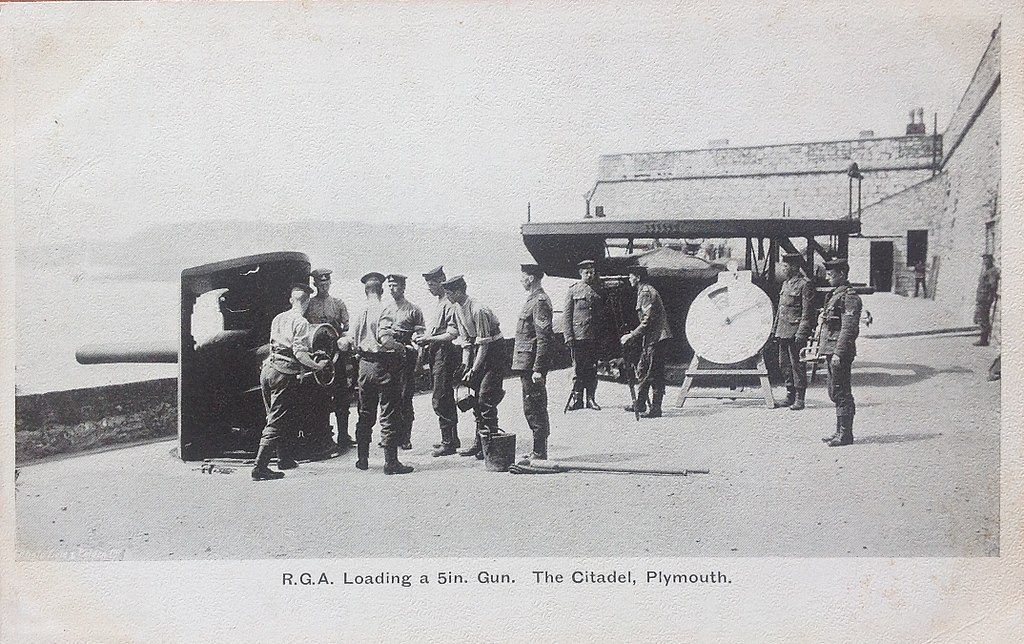
Although conventional ships such as Destroyers were still a threat to Devonport the main concern was submarines and fast torpedo boats who could either be hidden from the defensive guns or could potentially out pace them. Anti-Submarine and shipping obstacles known as dragon’s teeth were added to on the foreshore to the south of the Island to force shipping through a single shallow channel. These were made from gabions filled with large rocks and a boom was added in 1910 allowing the channel to be closed to both submarines and torpedo boats.
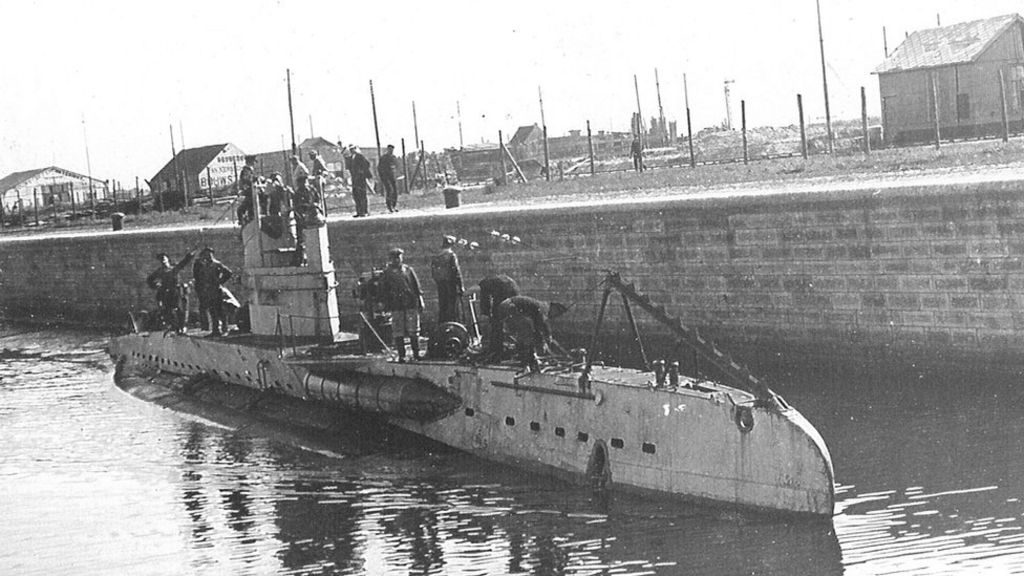
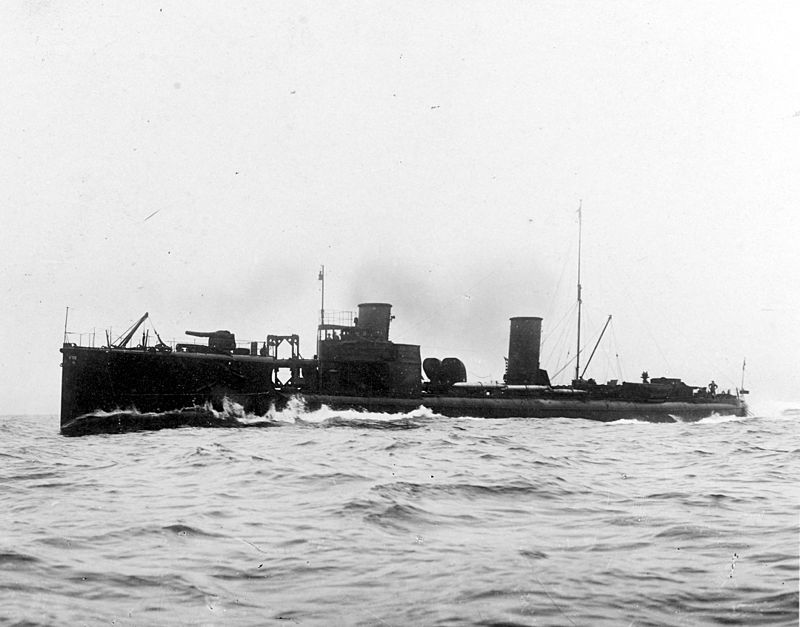
There was serious concern about the threat from the air for a few years when the first German Zeppelins or Airships appeared in 1908 with some newspapers now saying the Navy was obsolete. Although there were a few zeppelin raids on British cities during World War 1 advances in both aircraft and anti-aircraft defences meant the threat was quickly seen as limited and didn’t have any impact on the defences on the Island.
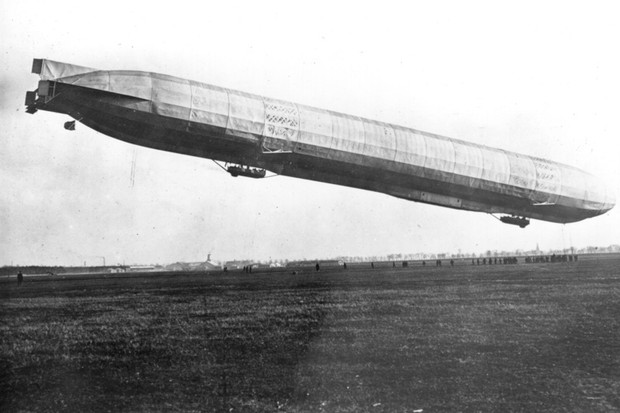
The Royal Garrison Artillery which had been formed in 1899 and was responsible for the Coastal Defence of the UK formed part of the garrison of the Island through its 45th Company. Its war strength would be augmented by the reserve or volunteer artillery units. The garrison also had small detachments of Royal Engineers to man the Searchlights and maintain the defences. There were also Naval Liaison Officers on the Island as part of the wartime strength to inform the Gunners of friendly ship movements and hopefully prevent the Artillery firing on friendly ships. The Island at the turn of the century was manned by 3 Officers and 69 other ranks. Although their pay hadn’t improved much, from 1 shilling to 1 shilling and 2 pence for Soldiers the earlier reforms meant that stoppages were much less than previously. Food and medical treatment was also now provided free of charge. All soldiers could now marry although they had to get their Commanding Officers permission and their wives could accompany them in the Garrison, though not overseas. Soldiers could earn extra pay as the batman (or servant of an Officer) or carrying out extra duties as a cook or groom. Pay increased with length of service and it was generally only promotion that kept soldiers serving although they were always some Old and Bold who served long careers without promotion. Education improved and was required for promotion, literacy had improved from 10% to being almost 100% by 1890. Limits were put on the punishments that could be given out, the number of lashes was reduced from 2000 to 50 for example.
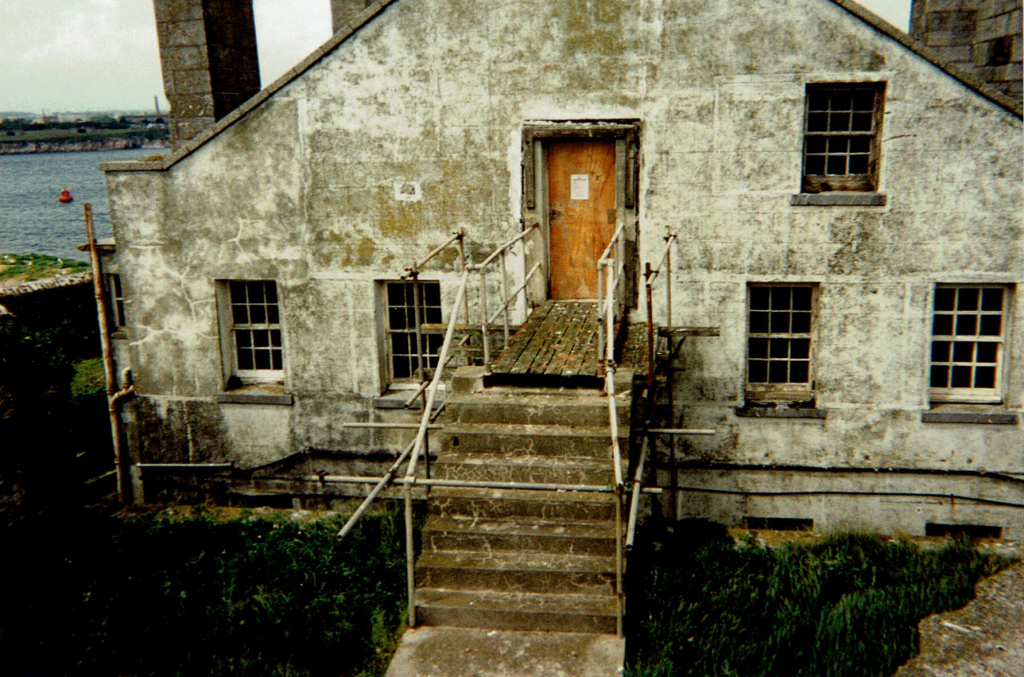
The daily routine was still given over to various duties including a fire piquet which used a hand pushed cart. The usual round of outside inspections carried on as before and the Island now boasted its own concert party along with its sports teams. The Island was still resupplied by boat from the mainland and despite the reforms there was still the odd spot of bother from the troops. Gunner Acock was charged in 1903 for disobeying an order to unload shells from an ammunition barge. In 1907 Gunners Tickell and Tracey both took the opportunity of stealing 12s 6d from Arthur Hopkins who they found asleep on the Island’s beach and the following year Gunner Connell was found guilty of striking a superior, Corporal Palmer during a drunken disagreement in the canteen.

Various volunteer forces still carried out training on the Island including, the Devon Volunteers RGA, 3rd Middlesex Volunteer RGA and the Electric Light Companies from the Devon (Fortress) units of the Royal Engineers. Exercises were a regular feature of the routine of the Garrison in any case so the defences, both Guns and Searchlights, were tested on a regular basis throughout the year by exercise using blank ammunition and live firing. The largest exercises would involve a full scale attack on Devonport from the sea with the Royal Navy acting as enemy and involve all the defensive forts. They were carried out at both night and day usually over a number of days on an annual basis. The land defences were also tested against attack with the Island being used as an enemy base and the garrison Engineers and Gunners acting as enemy forces. These exercises especially those involving the novel use of searchlights were a great spectator sport and would often draw large crowds to various vantage points around the Hoe. 1914 saw international tensions rise and next week I’ll look at how the Island gradually moved onto a war footing.
